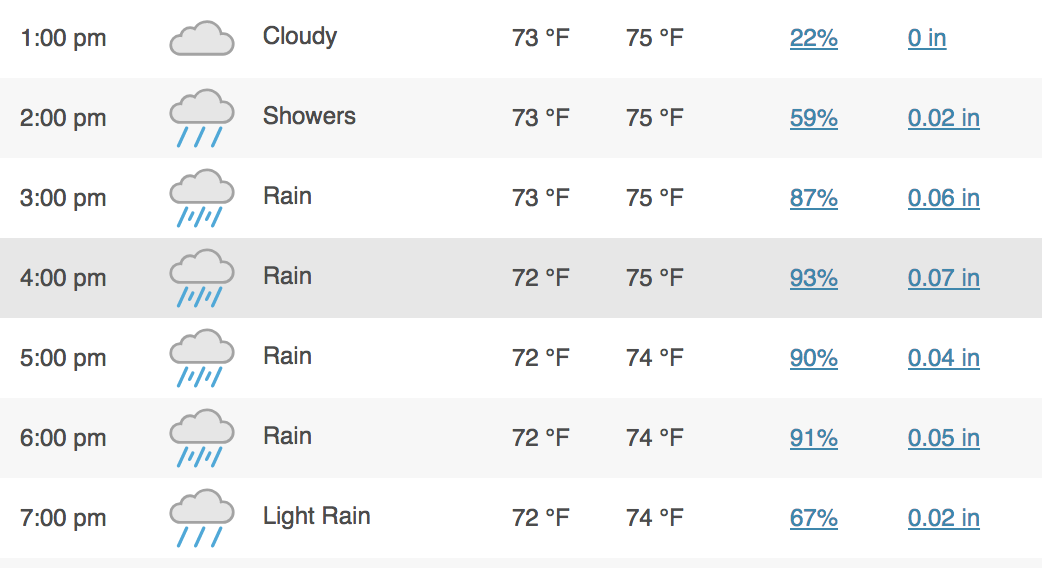The Eighth Pitch to Josh Reddick
In the wild and remote southeast corner of Oregon, tucked near to the eastern side of the Owyhee River, there’s a canyon that used to be known as Dugout Gulch. It was renamed Leslie Gulch in remembrance of Hiram E. Leslie, an area rancher who, in 1882, was struck by lightning. It wouldn’t be fair to say that getting struck by lightning was a habit of Leslie’s. He was no more likely to get struck than any other rancher in the region. Yet get struck by lightning, Leslie did. Well past a century later, it’s how we recall him today.
Josh Reddick has spent a career being unclutch. Greatly unclutch, incredibly unclutch, almost unfathomably unclutch. Ben Lindbergh wrote about it at the end of June. We have a win-expectancy-based Clutch metric on our leaderboards, and, since Reddick debuted, no hitter has a lower Clutch score. We actually have this stuff going back to 1974, and, since then, on a per-600-plate-appearance basis, Reddick currently stands as the least-clutch hitter out of everyone. He just edges out Ron Kittle and Richard Hidalgo. If you think that this is somehow misleading, it’s not. When Reddick has batted with the leverage low, he’s posted a 121 wRC+. When he’s batted with medium leverage, he’s posted a 99 wRC+. When he’s batted with the leverage high, his wRC+ has been 70. The history is all right there, inarguable. Josh Reddick has not exactly risen to the occasion.
This always seems to lead to the same conversation, about how clutch performance isn’t predictive. That’s true — it’s not. Or at least, it’s not easy to spot when it is. Possibly, or even probably, Reddick isn’t an unclutch hitter. But Hiram E. Leslie probably wasn’t lightning-prone. At some point, you’re just defined by what’s happened. It’s not easy for Reddick to erase his own record.
Yet days like Monday can help. Monday, in Boston, Reddick drove in the go-ahead run in the top of the eighth. The Astros went ahead by one, and the Astros finished ahead by one, having eliminated the Red Sox in four games. A number of different players all helped the cause, but in the eighth, with baseball’s most unhittable pitcher on the mound with two outs, the least-clutch hitter in decades knocked an RBI single the other way. The Astros found themselves on the verge of advance.


